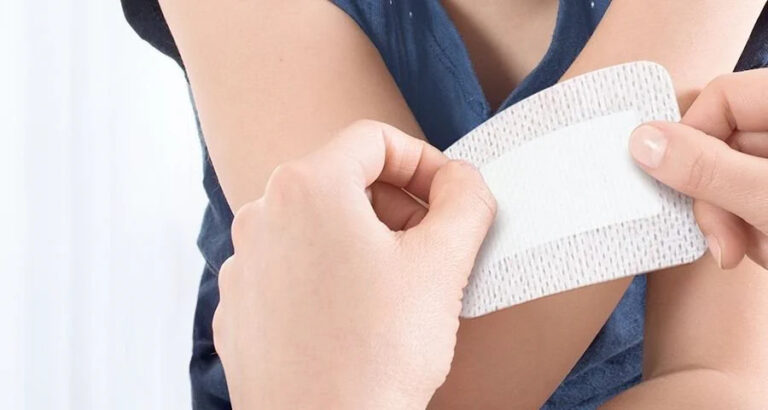Dealing with a deep cut can be a distressing experience, and it’s important to know how to manage it properly to prevent complications and promote healing. In this blog post, we will provide expert tips and guidance on effectively managing deep cuts. Whether it’s a kitchen accident, a sports injury, or any other situation, understanding the right steps to take can make a significant difference in the outcome. Read on to learn valuable insights on treating deep cuts and promoting optimal healing.
ASSESSING THE SEVERITY OF THE DEEP CUT
- Understanding the Depth: Deep cuts can vary in severity, and it’s essential to assess the depth of the wound. Superficial cuts usually involve only the top layers of the skin, while deep cuts may penetrate into the underlying tissues or structures.
- Examining the Bleeding: Evaluate the amount and nature of the bleeding. Persistent, profuse bleeding or bleeding that doesn’t stop after applying pressure may indicate a need for immediate medical attention.
- Checking for Foreign Objects: Inspect the wound for any foreign objects that may be embedded, as they can increase the risk of infection and hinder the healing process.

IMMEDIATE FIRST AID FOR DEEP CUTS
- Apply Pressure: Start by applying firm and direct pressure to the wound using a clean cloth or sterile gauze. Maintain pressure for several minutes until the bleeding subsides.
- Cleanse the Wound: Once the bleeding is under control, gently cleanse the wound with mild soap and running water. Avoid using harsh disinfectants or hydrogen peroxide, as they can damage healthy tissues.
- Protect the Wound: Cover the deep cut with a sterile bandage or dressing to prevent further contamination. Change the dressing regularly to promote a clean healing environment.
- Elevate and Immobilize: If possible, elevate the injured area above the heart level to minimize swelling. Immobilize the affected limb or body part to prevent further injury and aid in the healing process.
SEEKING MEDICAL ATTENTION
While minor deep cuts can often be managed at home, certain situations require prompt medical attention. Consider seeking medical help in the following cases:
- Excessive Bleeding: If the bleeding does not stop with applied pressure or if it is profuse and persistent, seek immediate medical attention.
- Difficulty Controlling Bleeding: If the wound is in an area that is difficult to apply pressure or if bleeding continues despite efforts, medical intervention is necessary.
- Signs of Infection: If the deep cut shows signs of infection such as increased redness, swelling, warmth, pus, or fever, consult a healthcare professional.Visit Specialty Care Clinics for quality care of your deep cut, our urgent care specialists are well-experienced in treating deep cuts and wounds. Contact us at (469) 545-9983 to book an appointment.

PROMOTING HEALING AND RECOVERY
- Proper Wound Care: Follow good wound care practices, including cleaning the wound gently, keeping it covered, and changing dressings regularly to prevent infection.
- Pain Management: Over-the-counter pain relievers can help manage pain associated with deep cuts. Follow the dosage recommended by doctors and consult a healthcare professional if necessary.
- Healthy Lifestyle Choices: Maintain a healthy diet, stay hydrated, and avoid smoking, as these factors can impact the body’s ability to heal.
- Follow-Up Care: Attend any scheduled follow-up appointments with your healthcare provider to monitor the healing progress and address any concerns.
Managing deep cuts requires knowledge and proper care. By assessing the severity of the cut, providing immediate first aid, seeking medical attention when necessary, and promoting healing through good wound care and healthy lifestyle choices, you can optimize the healing process. Remember, each deep cut is unique, and it’s always advisable to consult a healthcare professional for specific guidance and treatment. By following these expert tips and guidance, you can ensure proper management of deep cuts and facilitate a smooth recovery.
